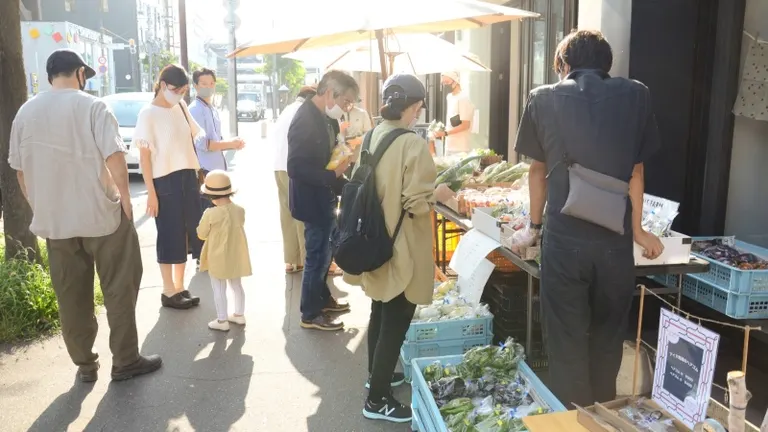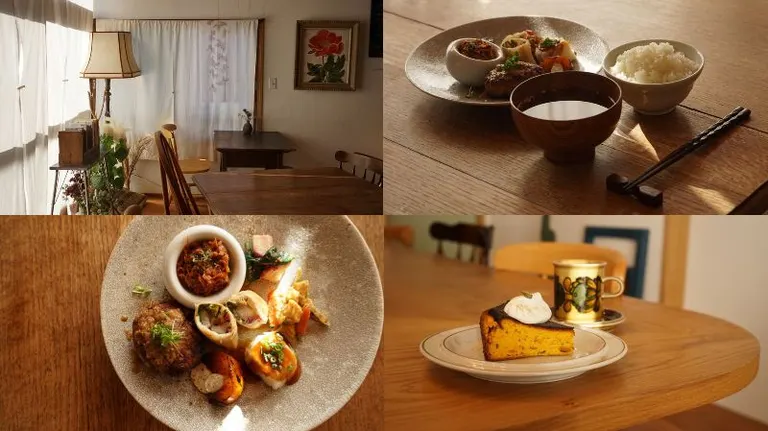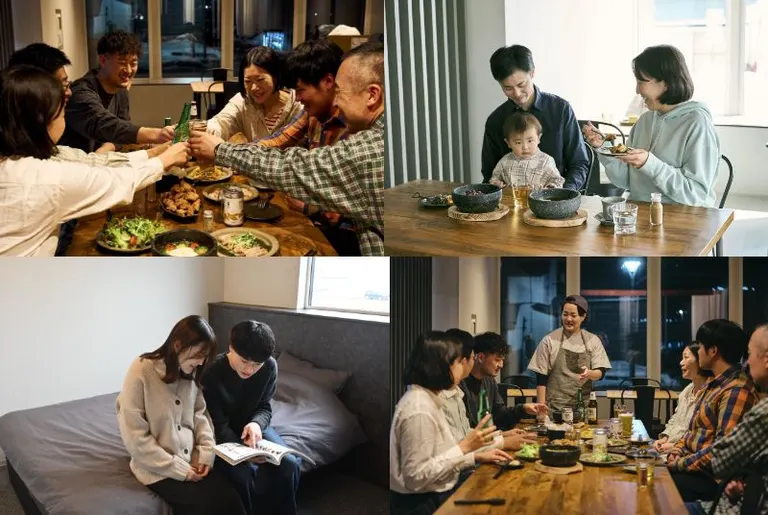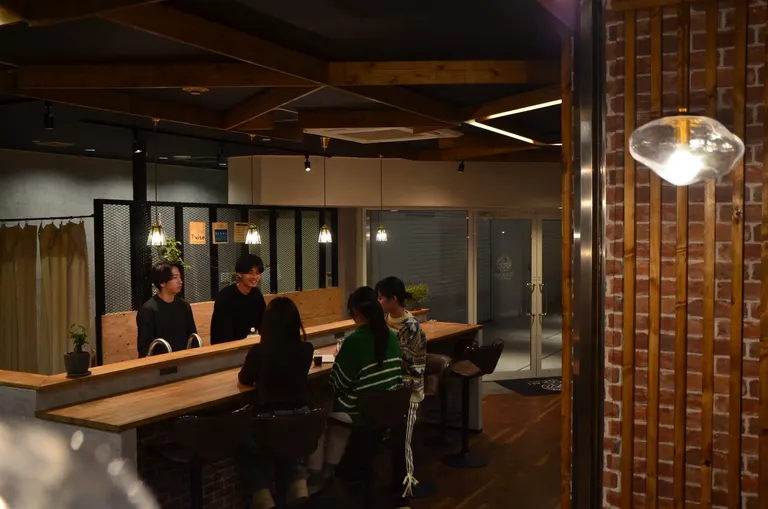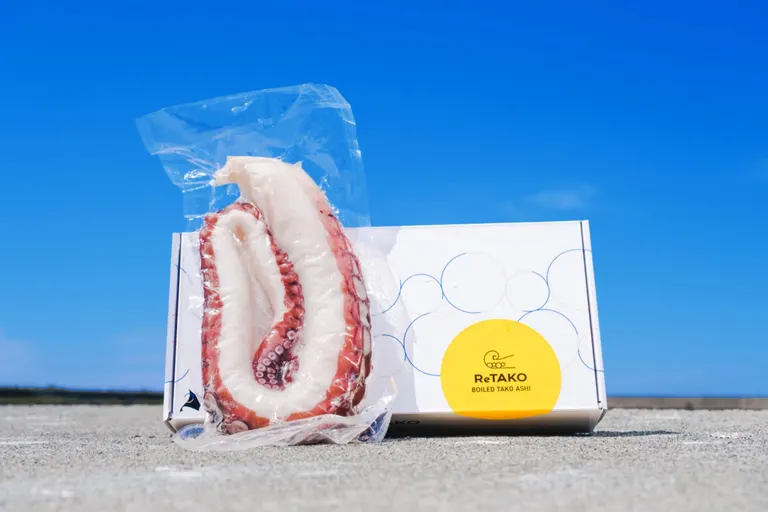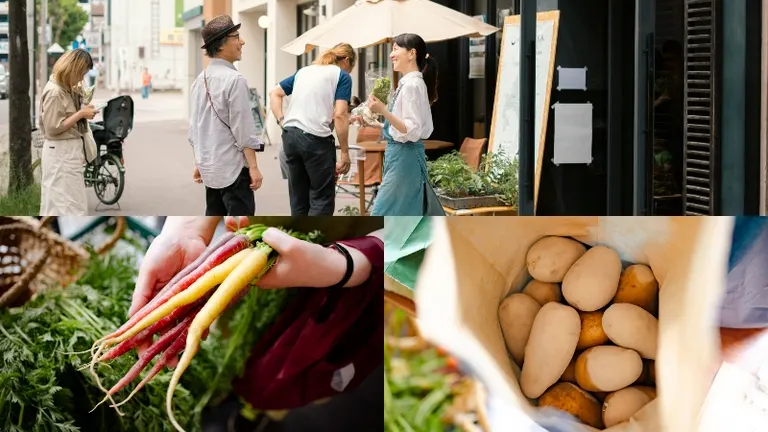
ARTICLES
New Consumption" and "Relational Population" Create New Lifestyle Connecting Tokachi and Nationwide Interview with Tetsuya Kashiwao, Founder of Tokachi City Design
How can regions solve the "money challenge" and the "long-distance challenge"?
--How can the "money challenge" and the "long-distance challenge" be overcome?
Kashiwao: "New consumption" shows the potential to increase income through involvement with the community. Also, having a living base in a rural area can reduce living costs. In this era of 100-year life spans and growing concerns about pensions and other issues, we believe that involvement with the local community is the key to solving income challenges.
Combining information and communication technology (IT) with tourism stays is key to solving the "long-distance challenge." The Corona Disaster has popularized online conferencing, but it has also reaffirmed the importance of meeting in person. Last year, we conducted a demonstration experiment connecting Shibuya and Obihiro using "Window," a telepresence system developed by Sony. Using this technology, we are developing a program to encourage people from Tokyo to visit Tokachi and interact locally. HOTEL NUPKA thus serves as a place where people can come together and build deep relationships with the local community.
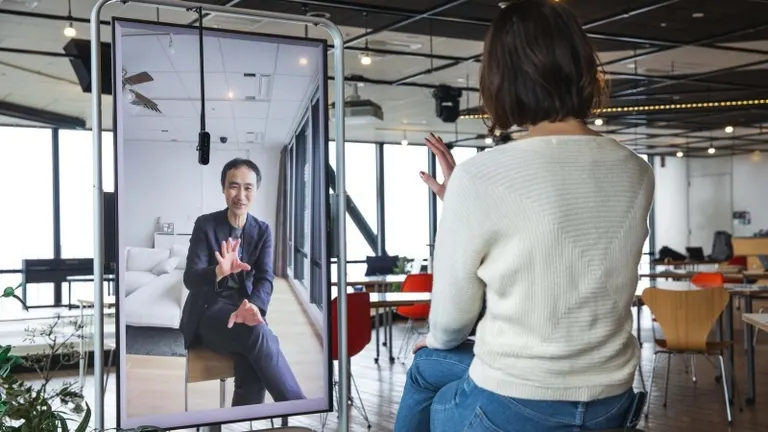
Window" telepresence system
--What was the impetus for this initiative on "new consumption"?
Kashiwao: A major turning point was the opening in 2021 of NUPKA Hanare, an annex to HOTEL NUPKA, by renovating part of the Obihiro branch office building of Dai-ichi Mutual Life Insurance Company ("Dai-ichi Life"). Dai-ichi Life invests a portion of its insurance premiums in real estate over the long term, and the renovation of the Obihiro branch building was part of that investment. During the large-scale renovation of this building, Dai-ichi Life's Real Estate Department became aware of ESG real estate investments that go beyond mere profit and contribute to the local community, and they shared our concept of operating a hotel that contributes to the local community, which led to the birth of NUPKA Hanare.
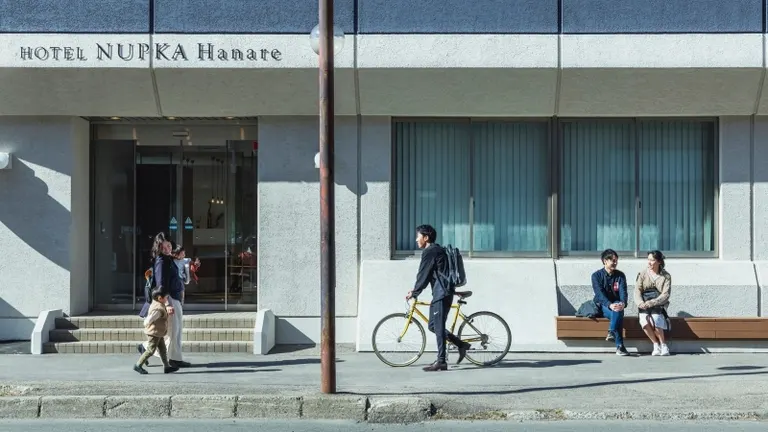
NUPKA Hanare
Furthermore, the three parties, including Obihiro City, concluded a partnership agreement for the purpose of "creating and expanding the related population through workcations," and agreed to utilize this facility as a base for creating a related population. Later, in 2024, Dai-ichi Life's Real Estate Department proposed that we hold an event to increase the related population in Tokachi in the open space in the basement of the office building "D-LIFEPLACE Sapporo," which was completed in 2023 and directly connected to the underground passageway (Chi Ka Ho) in front of Sapporo Station. In the course of planning this event, the concept of "new consumption" and the idea of a "regional trading company with a related population" were linked, and a concrete concept was developed.
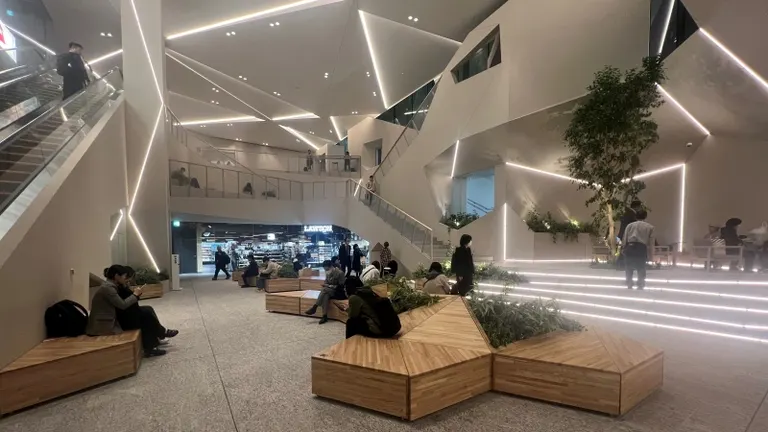
D-LIFEPLACE Sapporo
Building a lifestyle of becoming a "related population" and being involved in both the local community and the city
--Please tell us more about "related population," which is often mentioned as a keyword.
Kashiwao: The "related population" refers to people who do not fully immigrate, but are continuously involved with the local community and contribute to its development. This is a form of active involvement in the local economy and society without settling down, such as participating in local events, sales of products, and marketing, while maintaining a deeper connection than tourism. As a bridge between the region and the city, the related population plays a major role in the revitalization of the region.
This concept of "related population" was born in the mountainous areas of the Chugoku region. It began as an effort to promote the exchange of human resources from the urban areas of Hiroshima and Okayama in order to sustain agriculture in the mountains. Through the continuous involvement of urban people with rural communities, a new form of support for local industry and culture has been created.
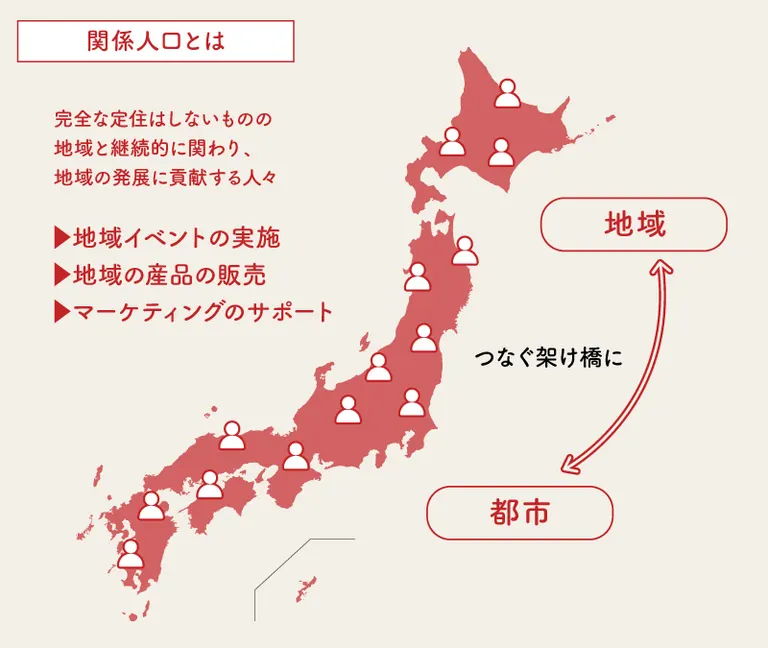
Image of "related population" in cities and regions
Tokachi is one of the largest agricultural regions in Japan, and we believe that the role of "relational population" in this region will be very dynamic. However, in Tokachi, the "related population" is expected to go beyond that and play an active role in the production of agricultural products and crafts, as well as in the operation of restaurants and commercial facilities, in a way that will continue to support the industrial base of the entire region. In Tokachi, however, it is expected that the population involved will go beyond this and continue to support the industrial base of the entire region, such as the production of agricultural products and crafts, and the operation of restaurants and commercial facilities.
Furthermore, being active as a related population is an opportunity for urban residents to find a new purpose and value in life. For example, based on the ideas of "life shift" and "100-year life," people can build a new lifestyle while contributing to society by getting involved in both the local community and the city. Against this backdrop, we are promoting the concept of "new consumption" and "regional trading company with related population" to create a sustainable model in which the city and the region grow together. As the related population in urban areas promotes local products, a new relationship with consumers is established, which in turn leads to "new consumption".

--In a sense, "new consumption" is similar to "hometown tax payment" in terms of "local involvement", isn't it?
Kashiwao: "Furusato" is also a way to support the local community, and there are similarities in terms of consumers contributing to the community. However, in many cases, "Furusato Tax Payment" ends with a single involvement as an act of donation. New Consumption" aims to go beyond that and build a deeper and more sustainable relationship with the community. Rather than simply receiving a return gift, the essence of "new consumption" is for consumers to empathize with the activities and issues of producers and create a mutually beneficial relationship through direct support.
A major characteristic of new consumption: "a mechanism for consumers to be actively involved."
--In recent years, there has been an increase in the number of local producers who sell their products on e-commerce sites, which are then purchased by people in urban areas. What is the major difference between this and "new consumption"?
Kashiwao: Purchasing on EC sites is also very effective as a form of producer support. However, "new consumption" is very different in that it is not limited to the mere buying and selling of goods; consumers empathize with the efforts and thoughts of the producers and take action to support them. For example, with e-commerce sites, the relationship often ends after the purchase is made, but "new consumption" is a system in which consumers are actively involved by deepening their connection with the producer, helping with marketing activities in urban areas, and visiting the local area to interact directly with the producer. This is the main difference.
